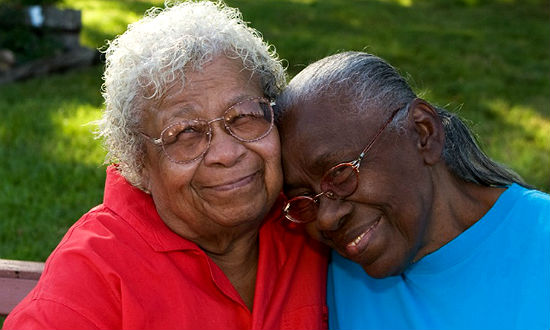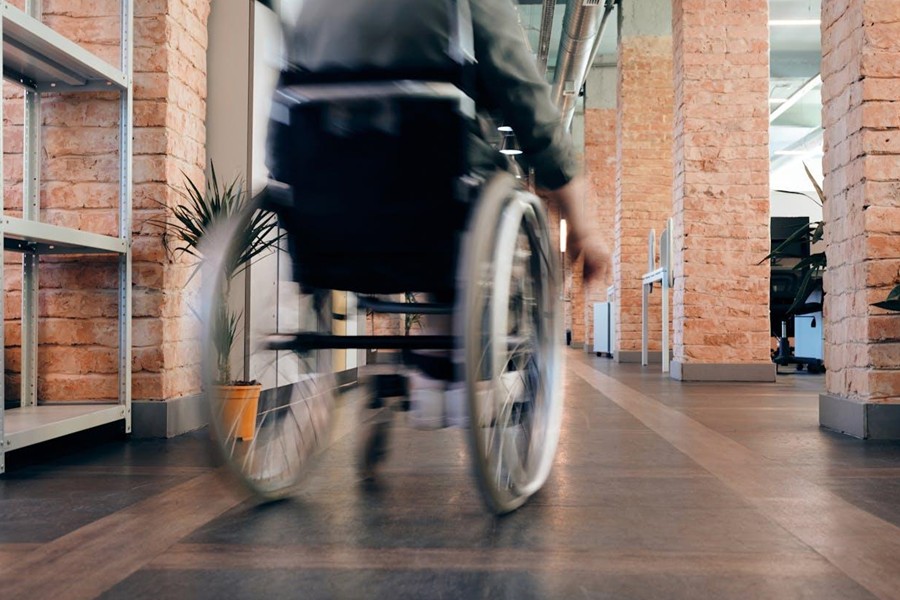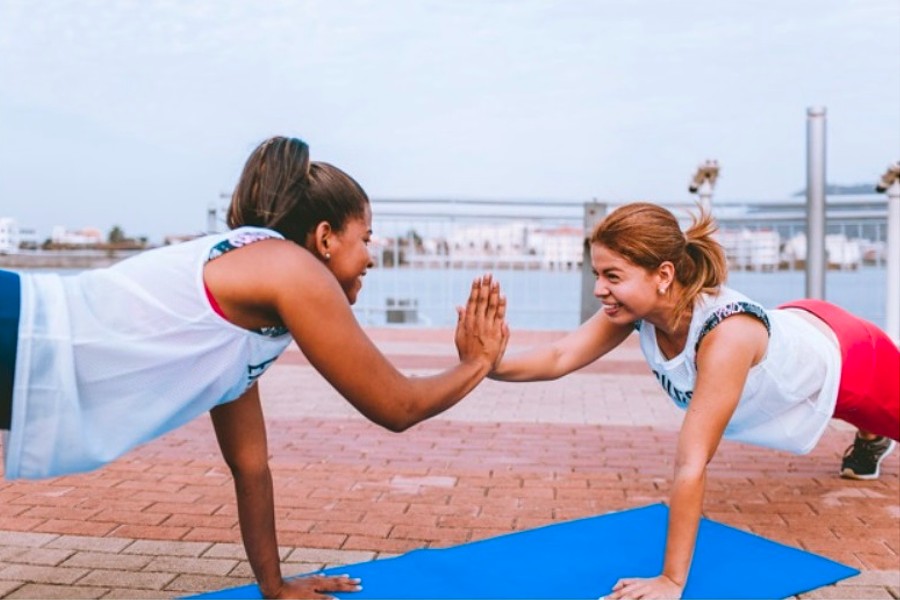 The Health Department today released a report examining the health of older adults in from Harlem to Hollis, Queens, New York. The report summarizes the current health status of older adults, ages 65 and older, in NYC. The report, developed in collaboration with 12 local government, academic, health care, and community based-organizations, demonstrates the Health Department’s commitment to helping make New York City a place where everyone has the opportunity to age in good health and with dignity. Older New Yorkers currently make up 13% of the city’s population. The number of older New Yorkers is expected to grow by over 41% from 1,002,000 in 2010 to 1,410,000 by 2040. Life expectancy in New York City is 81.2 years, 2.5 years longer than the national average. About half (49%) of older New Yorkers were born outside the U.S, coming from 130 different countries and speaking over 90 languages. The findings in this report reflect the cumulative health effects of racism, discrimination, and other injustices that have resulted in a lack of access to education, good jobs and the ability to build wealth for older adults of color, with lower incomes, and immigrants.
The Health Department today released a report examining the health of older adults in from Harlem to Hollis, Queens, New York. The report summarizes the current health status of older adults, ages 65 and older, in NYC. The report, developed in collaboration with 12 local government, academic, health care, and community based-organizations, demonstrates the Health Department’s commitment to helping make New York City a place where everyone has the opportunity to age in good health and with dignity. Older New Yorkers currently make up 13% of the city’s population. The number of older New Yorkers is expected to grow by over 41% from 1,002,000 in 2010 to 1,410,000 by 2040. Life expectancy in New York City is 81.2 years, 2.5 years longer than the national average. About half (49%) of older New Yorkers were born outside the U.S, coming from 130 different countries and speaking over 90 languages. The findings in this report reflect the cumulative health effects of racism, discrimination, and other injustices that have resulted in a lack of access to education, good jobs and the ability to build wealth for older adults of color, with lower incomes, and immigrants.
“Structural barriers based on race and ethnicity affect health over the course of an individual’s life,” said Health Commissioner Dr. Oxiris Barbot. “Healthy aging is not a luxury only for those who can afford it. Healthy aging is a right for all New Yorkers.”
“New Yorkers are living longer than ever, and while many flourishes, others experience a variety of significant health issues,” said Department for the Aging Commissioner Lorraine Cortés-Vázquez. “This report helps define the changing needs of older New Yorkers so that in partnership with our sister-City agencies, we can work to meet these needs and best serve this growing demographic.”
Data Highlights from the Report:
- 40% of older New Yorkers identify as men and 60% as women.
- 3% of older New Yorkers identify as lesbian, gay, or bisexual.
- Older adults who identify as Latino (27%) or Asian/Pacific/Islander (26%) are more likely to live below the poverty level compared with those who identify as Black (19%) or White (17%).
- 17% of older adults in New York City report being a caregiver and many help raise grandchildren.
- 39% of older New Yorkers engage in 150 minutes or more of moderate exercise per week.
- About one-third of older New Yorkers report having one or more sexual partners in the last year; 52% of older men and 26% of older women report being sexually active in the past year.
- 6% of White older adults reported using a condom the last time they had sex compared to 16% of Black or Latino older adults.
Although 97% of older New Yorkers are covered by some form of health insurance:
- 6% sometimes go without needed health care.
- 12% are sometimes unable to afford the medications they need.
Communities and health care providers can support the health of older adults by creating opportunities for safe physical activity and reducing risks for injury inside and outside the home:
- In 2016, falls among older New Yorkers led to 289 deaths, 30,492 emergency department visits, and 16,661 hospital stays.
- Older adults are more likely to die from pedestrian injuries than any other age group in New York City.
Communicable disease among older adults remains an important health challenge:
- Older adults have a higher risk of getting influenza and pneumonia than adults under age 65, and they are more likely to suffer serious consequences from or die from these diseases.
- More than half of Legionella cases in New York City occur among older adults.
- Among people living with HIV/AIDS in New York City, one in ten is older adults.
Dental problems adversely impact the quality of life for many older adults:
Four in ten older adults have lost six or more teeth due to tooth decay or gum disease.
The Health Department continues to work with its partners through current programs to improve older adult health. Examples of current programs include:
- The Geriatric Mental Health Initiative (GMHI) is administered under the Office of Treatment in the Division of Mental Health and funded by the City Council; the goal of GMHI is to improve the capacity of community-based organizations to identify depression and alcohol/substance use disorders among older adults and to connect those in need with support services and/or treatment or to provide those support and treatment services. There are 22 community-based organizations participating in this initiative.
- Program to Encourage Active, Rewarding Lives for Seniors (PEARLS), is an evidence-based model that has been shown to be effective in older adults with depression. The PEARLS intervention reduces depression symptoms and improves quality of life in older adults, over the course of 6-8 in-home sessions, over a period of six months. The Program has been available in NYC since, July 1, 2016, and has 9 teams, operated by 4 community based organizations, across all 5 Boroughs DOHMH’s Injury and Violence Prevention Program in the Division of Environmental Health collaborates with DFTA in training DFTA’s Case Managers on falls prevention in the home; conducting outreach and education with DOHMH’s Home Safety Checklist, and co-chairing New York City’s Falls Prevention Coalition
- Sent from the New York City Department of Health & Mental Hygiene. This email and any files transmitted with it may contain confidential information and are intended solely for the use of the individual or entity to whom they are addressed. This footnote also confirms that this email message has been swept for the presence of computer viruses.
Get more information from the NYC Health Department here.
Become a Harlem Insider!
By submitting this form, you are consenting to receive marketing emails from: . You can revoke your consent to receive emails at any time by using the SafeUnsubscribe® link, found at the bottom of every email. Emails are serviced by Constant Contact








